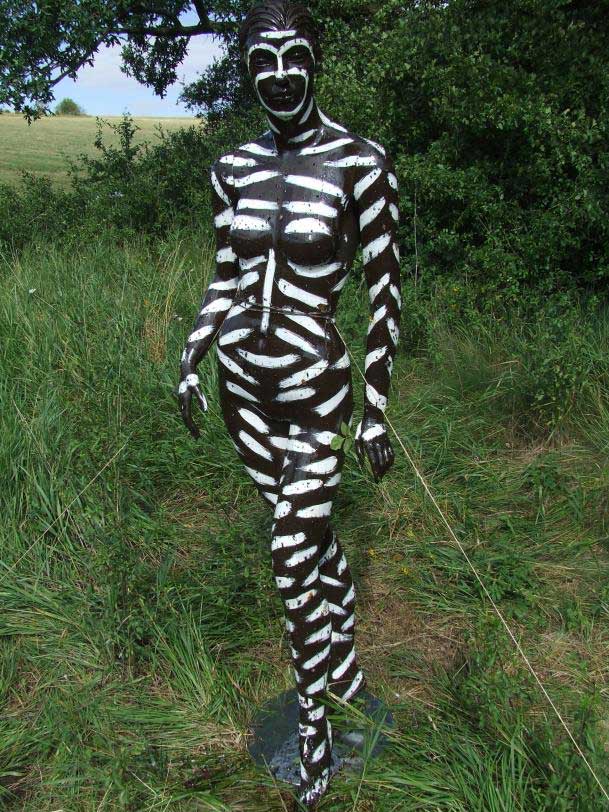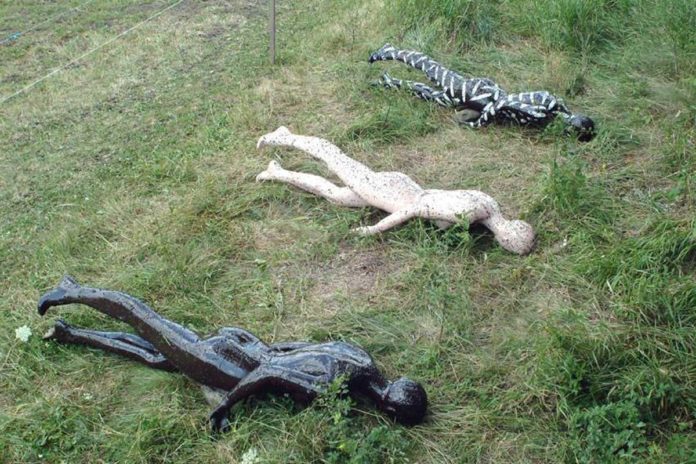Body-painting started some time before people began to wear garments. There are archeological finds that incorporate markings on the walls of caves where Neanderthals lived. They propose that they had been body-painted with earth pigments, for example, ochre.
According to Susanne Åkesson, a professor at Lund University‘s Department of Biology, the tradition of body-painting may have developed simultaneously on different continents. It is not known when the tradition started.
In a new study, scientists discovered that body painting especially white painted stripes on the body protects skin from insect bites. This is the first study that shows body-painting has this effect.
Moreover, the study highlights the reason behind the body painting of indigenous people.

Most of the indigenous communities who paint their bodies live in areas where there is an abundance of bloodsucking horseflies, mosquitoes or tsetse flies. When these insects bite people there is a risk of bacteria, parasites and other pathogens being transferred.
During the study, scientists recently seen that the zebra’s stripes go about as security against horseflies. It is additionally realized that pale fur, on horses, for instance, can give assurance, as opposed to dark fur. The revelation won the IgNobel Prize in Physics in 2016. In the new examination, the group has made the exploration a stride further and analyzed plastic models that are indistinguishable size from adult people.
For the investigations, which were led in Hungary, the specialists painted three plastic models of people: one dark, one dark with pale stripes and one beige. They at that point covered the three models with a layer of insect glue. The dark model attracted ten times a larger number of horseflies than the stripped model, and the beige model attracted twice the same number of as the striped one.
They likewise inspected whether the attraction of horseflies varied between models that were resting or holding up. The outcomes demonstrate that just females were pulled in to the standing models, though the two guys and females were attracted to the supine models.
Susanne Åkesson said, “These results are in line with previous experiments in which we showed that males gravitate towards the water in order to drink and land on surfaces that reflect horizontal, linear polarised light, such as signals from a water surface. Females that bite and suck blood from host animals respond to the same signals as the males, but also to light signals from in the vertical plane, such as the standing models.”
The study is published in the journal Royal Society Open Science.
